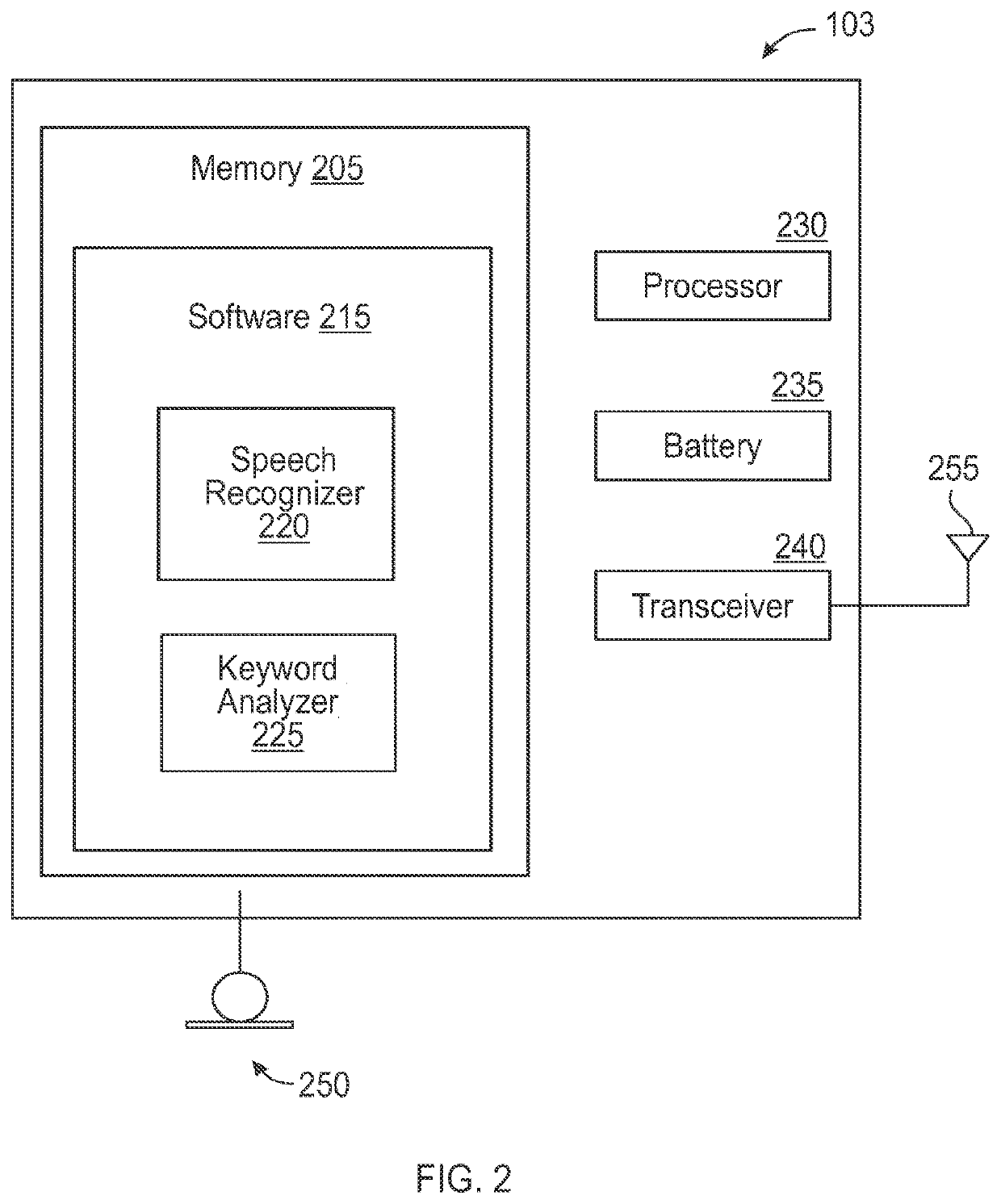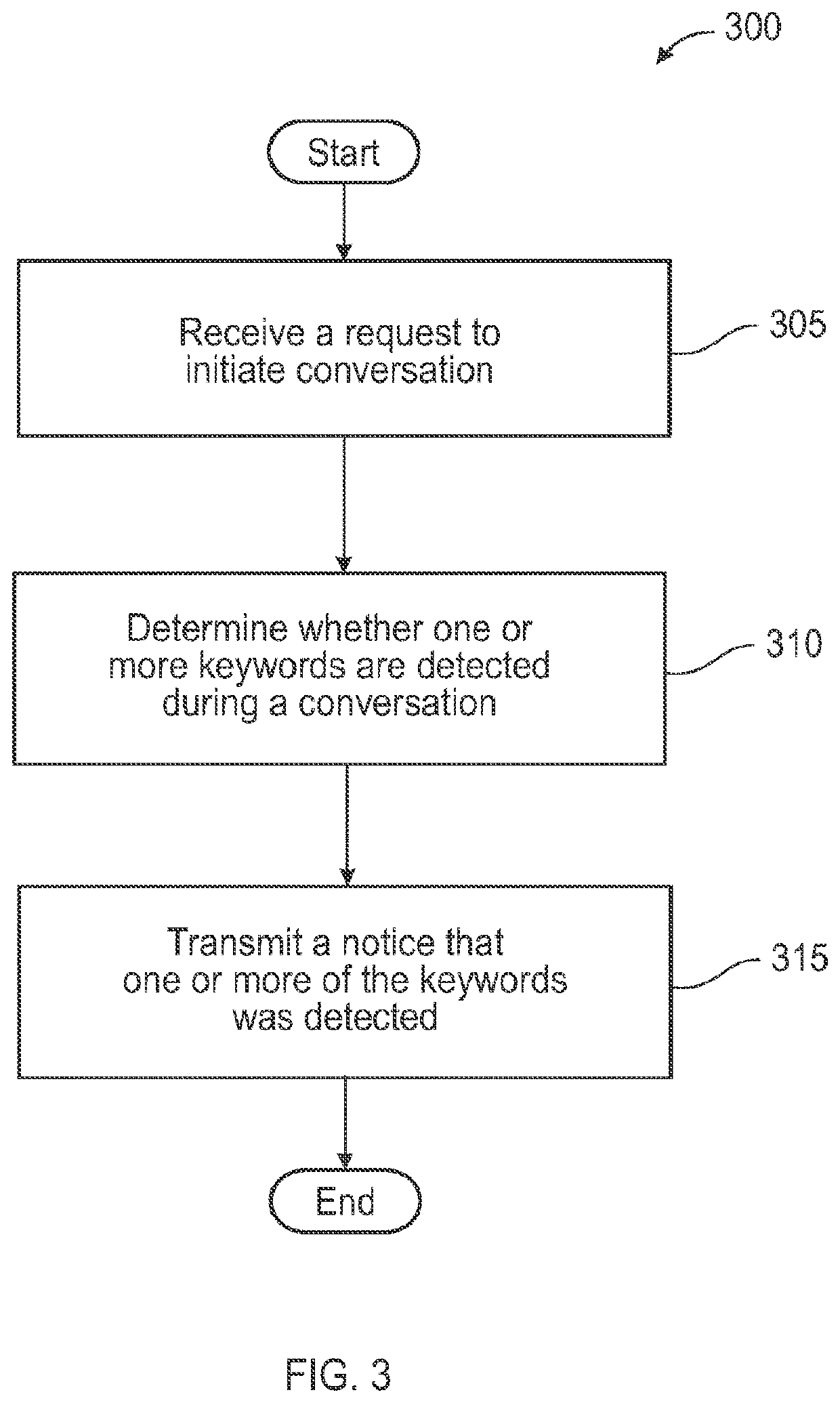Hearing Device User Communicating With a Wireless Communication Device
a wireless communication and hearing device technology, applied in the field of hearing device user communication with a wireless communication device, can solve the problems of limited resources on hearing devices, complex speech recognition algorithms and limited speech recognition resources, and the inability of hearing devices with significant computational resources to perform all the computation required for speech recognition in real tim
- Summary
- Abstract
- Description
- Claims
- Application Information
AI Technical Summary
Benefits of technology
Problems solved by technology
Method used
Image
Examples
Embodiment Construction
[0017]The disclosed technology generally relates to a hearing device user communicating with a wireless communication device.
[0018]The disclosed technology relates to a hearing device user communicating with a wireless communication device. A hearing device user is a person wearing or using a hearing device (e.g., hearing aid). For example, a hearing device user can respond to a phone call received at his mobile phone by stating “accept” or “reject” when he hears the ringtone provided by the phone. Prior to the hearing device user verbally responding to the phone call, the hearing device can begin listening for a user's response and anticipate what words the user is likely to say in response to hearing the ring tone.
[0019]To enable the hearing device user to communicate with a wireless communication device, the hearing device can use keyword recognition. Keyword recognition refers to spotting or identifying a keyword or keywords in utterances of speech (from the hearing device user)...
PUM
 Login to View More
Login to View More Abstract
Description
Claims
Application Information
 Login to View More
Login to View More - R&D
- Intellectual Property
- Life Sciences
- Materials
- Tech Scout
- Unparalleled Data Quality
- Higher Quality Content
- 60% Fewer Hallucinations
Browse by: Latest US Patents, China's latest patents, Technical Efficacy Thesaurus, Application Domain, Technology Topic, Popular Technical Reports.
© 2025 PatSnap. All rights reserved.Legal|Privacy policy|Modern Slavery Act Transparency Statement|Sitemap|About US| Contact US: help@patsnap.com



